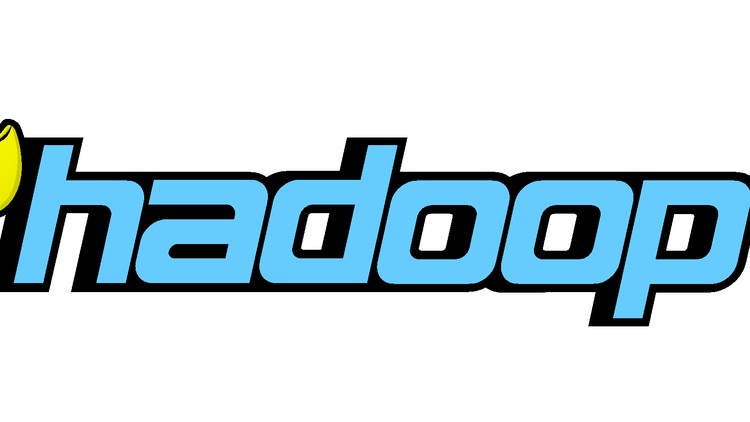
Learn installations and architecture of Hadoop, Hive, Spark, and other tools. Handle structured & Unstructured Data
What you will learn
Kick start with basics for career in Big Data Hadoop in NY Area 312 285 6886
Learn how to install different tools on Hadoop
Learn enough Hadoop to join our NYC Bootcamp on Hadoop Big Data
Why take this course?
### **Course Headline:**
“**Dive Deep into the World of Big Data – Master Hadoop, Spark, and Hive with Expert-Led Training in New York City.**”
—
### **Introduction to the Course:**
Welcome to our intensive “Hadoop Spark Hive Big Data Admin Bootcamp” designed for professionals seeking to master the ecosystem of Big Data tools. This course will equip you with the knowledge and practical skills required to install, configure, and manage complex data processing systems using Hadoop, Spark, and Hive. Get ready to handle both structured and unstructured data with confidence!
—
### **Course Overview:**
– **Top Ubuntu Commands** 🖥️: Command your system effectively with essential Ubuntu commands, setting the foundation for your Big Data environment.
– **Understanding Hadoop Infrastructure**: Dive into the core components of a Hadoop ecosystem – NameNode, DataNode, and YARN. Gain insights into how these pieces fit together to form a robust data processing platform.
– **Hadoop Installation & Commands** 🛠️: Learn step-by-step how to install Hadoop and execute fundamental HDFS (Hadoop Distributed File System) commands. You’ll also set up the Java environment required for MapReduce programming.
– **Intro to Cloudera Hadoop & Studying for Certification**: Explore the Cloudera Distro for Hadoop (CDH), understand its architecture, and prepare for the Cloudera Certified Associate (CCA) exam.
– **SQL and NoSQL Databases**: Bridge the gap between traditional SQL databases and modern NoSQL technologies. Get hands-on experience with SQL, Hive, Pig, MongoDB, and HBase installations.
—
### **Hadoop Core Components & Installation:**
– **Java-based MapReduce** ☕️: Understand the programming model for processing large data sets in a distributed environment.
– **Hadoop 2.7 / 2.8.4**: Work with one of the latest versions of Hadoop to ensure you’re up-to-date with current technologies.
—
### **SQL, Hive, and Pig:**
– **SQL, Hive, and Pig Installation**: Gain familiarity with the RDBMS world and expand your knowledge into the NoSQL realm.
– **Hive, SQOOP, JDBC Drivers**: Master Hive for writing SQL queries against large data sets stored in Hadoop, learn how to use Sqoop to transfer batch datasets between relational databases and HDFS, and understand the role of JDBC drivers in connecting different types of databases.
– **Pig**: Explore Pig as a high-level platform for creating MapReduce programs used with Hadoop.
– **NoSQL – MongoDB, HBase Installation**: Discover how to install and work with MongoDB, a scalable NoSQL database, and understand the data models and storage of HBase.
—
### **Hive Deep Dive:**
– **Partitions and Bucketing in Hive**: Learn how to partition your data for more efficient queries and use bucketing to improve query performance.
– **Hive External and Internal Tables**: Understand the differences between external and internal tables and when to use each type.
—
### **Spark & Scala:**
– **Spark Installations and Commands**: Get hands-on experience with Spark installation, including setting up the Spark environment for execution.
– **Scala Sheets**: Dive into the Scala programming language, which is integral to Spark development.
– **Python with PySpark**: Explore Python as a tool for working with Spark, focusing on PySpark and RDDs (Resilient Distributed Datasets).
—
### **Practical Application & Mid Term Projects:**
This course includes practical, hands-on projects to solidify your understanding of the technologies. You’ll work with real-world data sets and learn to:
1. Pull data from CSV files online and move it to Hive using `hive import`.
2. Use Spark-shell to pull data from sources like Fox News and run map/reduce tasks.
3. Move data from MySQL into HDFS using Sqoop.
4. Utilize Jupyter Notebooks with Anaconda and Spark Context to perform simple counts on data sets.
5. Handle different types of data inputs by saving raw data files and reading them into Spark-shell or spark-context for analysis.
—
### **Broadcasting Data & Advanced Concepts:**
– **Kafka Message Broadcasting**: Understand the basics of broadcasting streams of data using Kafka, a distributed event streaming platform.
– **Data Pipeline & Workflow Management**: Learn how to build and manage data pipelines with Apache NiFi or similar tools, ensuring that your data flows smoothly from one stage to the next.
—
### **Why Take This Course?**
By completing this course, you will have a solid grasp of Hadoop, Spark, and Hive – key components of the Big Data ecosystem. You’ll be equipped to handle large volumes of data efficiently, and you’ll gain valuable insights into the scalability, performance, and reliability of distributed systems. Whether you’re looking to advance your career in data engineering, analytics, or big data, this course will provide you with the knowledge and skills needed to excel.
—
### **Conclusion:**
Embark on a journey through the vast landscape of Big Data technologies. From installation and setup to real-world applications and performance optimization, this course is designed to empower you with practical, in-demand skills in the ever-evolving field of data processing. Get ready to tackle big challenges with big data! 💧🔥🚀